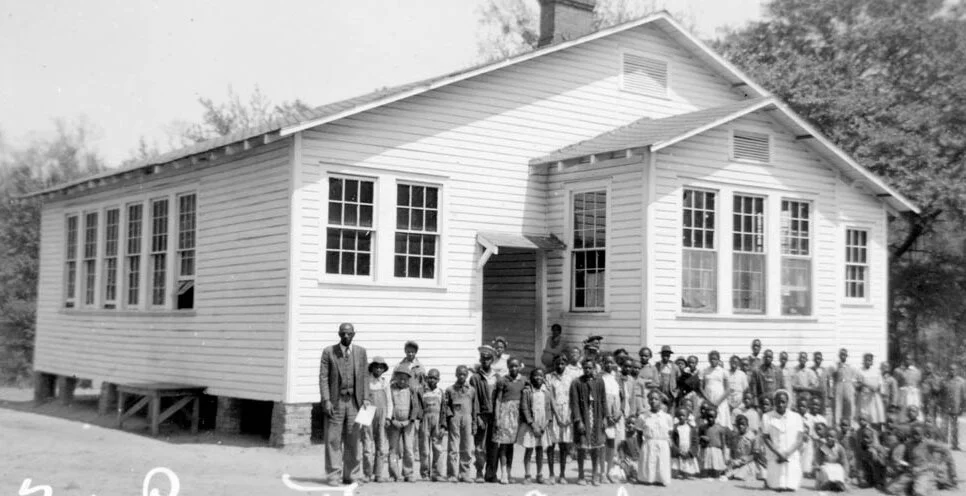The Origins of Rosenwald Schools
During the early 20th century, Booker T. Washington, founder and first president of Tuskegee University, and philanthropist Julius C. Rosenwald, CEO of Sears Roebuck and Company, combined efforts to create the Rosenwald school initiative (1912-1932) to provide quality educational opportunities for African-American children in the rural South. Prior to this initiative many of these children were taught in churches, lodges, and barns without adequate supplies. The Rosenwald School initiative resulted in the construction of nearly 5,000 schools in 15 southern states and has been called the most significant advancement in African -American education during the early 20th century.
History of New Hope Rosenwald
On June 21, 1919, the Chambers County Board of Education bought a two acre parcel of land from Edward R. Turner and Winona W. Turner for five dollars. That land would then go on to become the home of the New Hope Rosenwald School. The New Hope School, a one teacher construction, was built to the design specifications of Tuskegee Design No.11B. The school was built at a total cost of $1200, which was funded with $400 from the Rosenwald Foundation, $400 from the African-American community and $400 from public funds. The school stayed in operation until 1958, four years after Brown v. Board of Education Topeka that declared state laws establishing separate public schools for black and white students to be unconstitutional.
On March 13, 1969, New Hope Missionary Baptist Church purchased the deed to the New Hope School from the State of Alabama for the sum of $500.
The New Hope Rosenwald School is one of only approximately 530 Rosenwald Schools still standing nationwide and the last recognized Rosenwald School in Chambers County.






